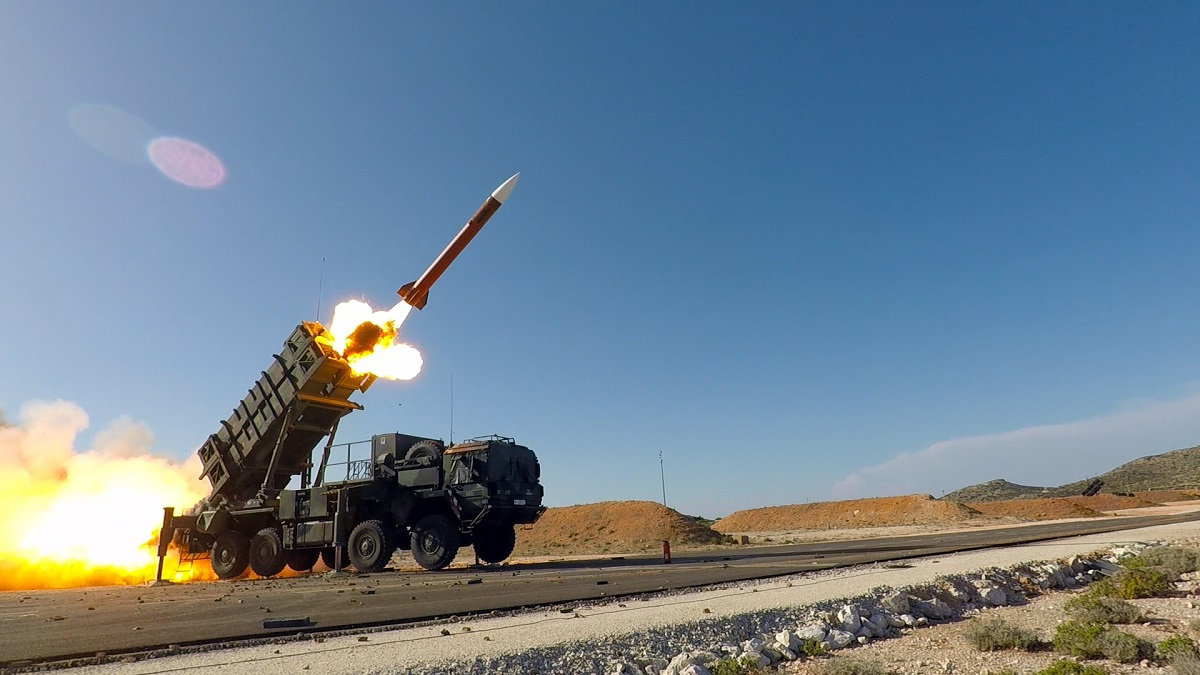This post is also available in:
 עברית (Hebrew)
עברית (Hebrew)
The U.S. Army sees a faster path to get a radar that can detect threats from 360 degrees to replace the current Patriot air-and-missile defense system’s sensor. The service plans to funnel more than half a billion additional dollars into the program to move it forward, according to fiscal 2019 budget documents released recently.
“Since this time last year, engagements with industry have enabled refinement of the schedule to accelerate the capability,” the Army’s budget justification documents read. “Utilizing [Department of Defense Ordnance Technology Consortium] DOTC contract agreements with four consortium members have better informed the Army. Through this refinement and agreement, the net effect is acceleration of schedule and capability.”
The increase in funding is for early software design development and testing and will also help “the Army to be better informed enabling acceleration of capability,” according to the documents.
Replacing the radar grows more critical as the Army looks at dealing with different threats: ones that fly slower, faster or maneuver differently. Threats are smaller and more lethal now. A radar that can detect reliably in a 360-degree field of view is necessary to handle increasingly complex threats. The current Patriot system has blind-spots.
The DOTC awarded contracts to four companies to come up with concept designs in October that have helped inform the Army’s requirements for its Patriot radar replacement.
Raytheon and Lockheed Martin both received contracts, which came as no surprise because each have spent years developing and testing 360-degree capable radars. Raytheon is Patriot’s prime contractor and Lockheed developed what was supposed to be Patriot’s replacement the Medium Extended Air Defense System. The U.S. abandoned plans to buy it, but Germany is proceeding with plans to continue its development and to procure it.
After spending years debating when and how it would replace Patriot’s radar with one that can detect threats coming from any direction, the Army decided to hold a competition for a brand new radar in 2017 and the DOTC contracts are the first step.
While Barry Pike, the Army’s program executive officer for missiles and space, told defensenews.com in an interview in October that he thought it would be possible to bring the radar online in the mid-20s, he said the Army was waiting to see if the timeline was viable based on further information from industry.
The service is planning to award “up to three contractors” to build prototypes for the technology maturation and risk reduction phase of the program, according to the budget books.
The TMRR phase is slated to begin now, and will progress over a four year period ending in the third quarter of FY22. The Army is doubling the time spent in TMRR when compared to the timeline charted in the FY18 budget documents.
It is unclear why the Army chose to extend its TMRR phase and shorten the typical EMD timeline, but Pike acknowledged in October that integrating the radar into the future Army Integrated Air and Missile Defense (AIAMD) architecture it is building is complicated.
The service is already developing the brains of the future system — the Integrated Battle Command System (IBCS) — with Northrop Grumman as the prime and will use Patriot Missile Segment Enhancement (MSE) missiles from Lockheed Martin.


























